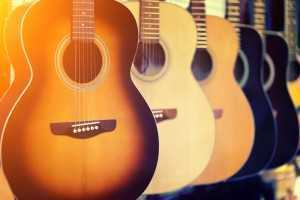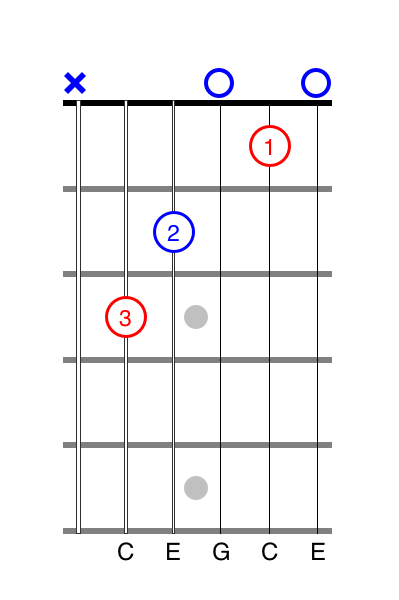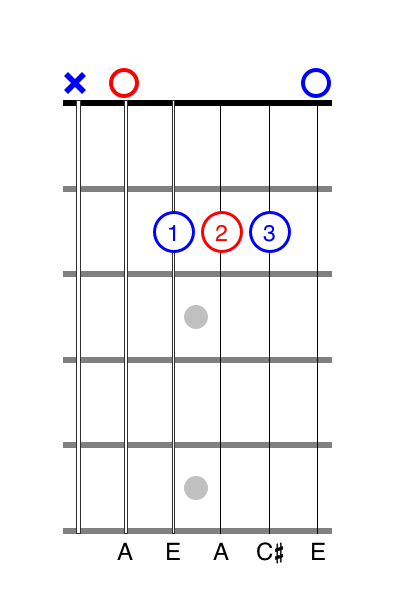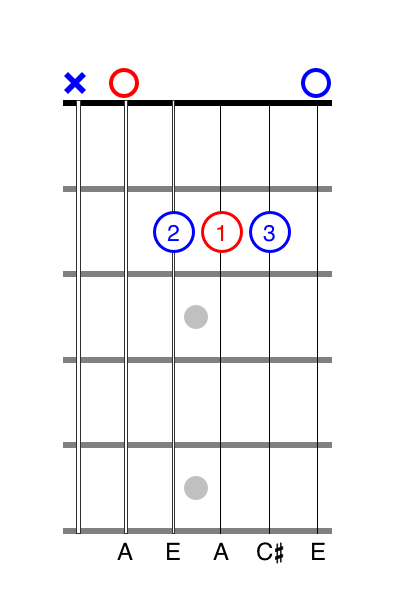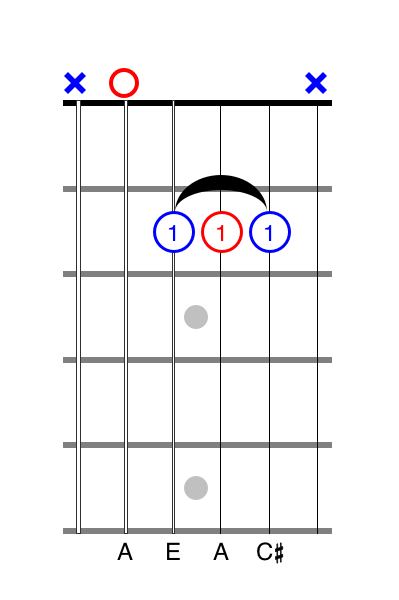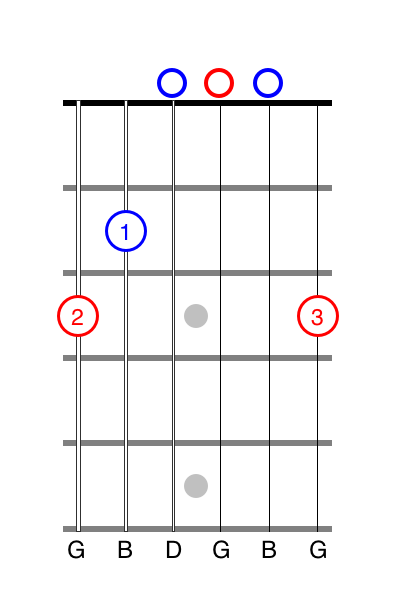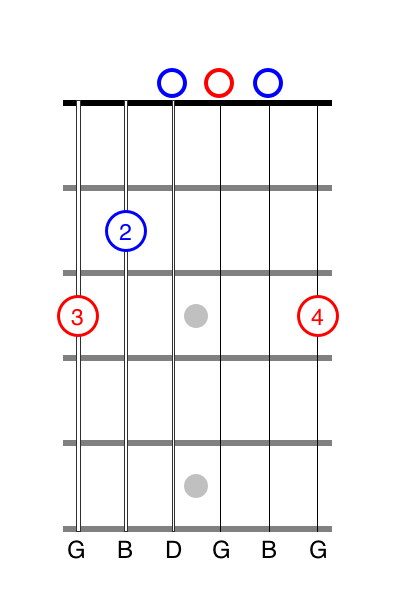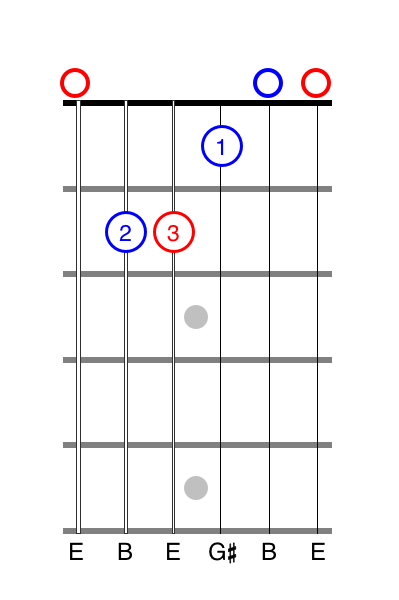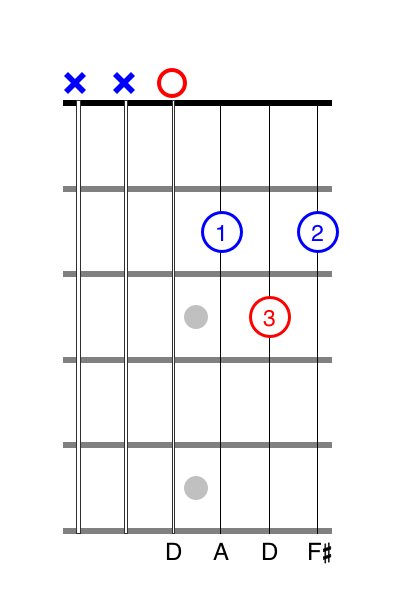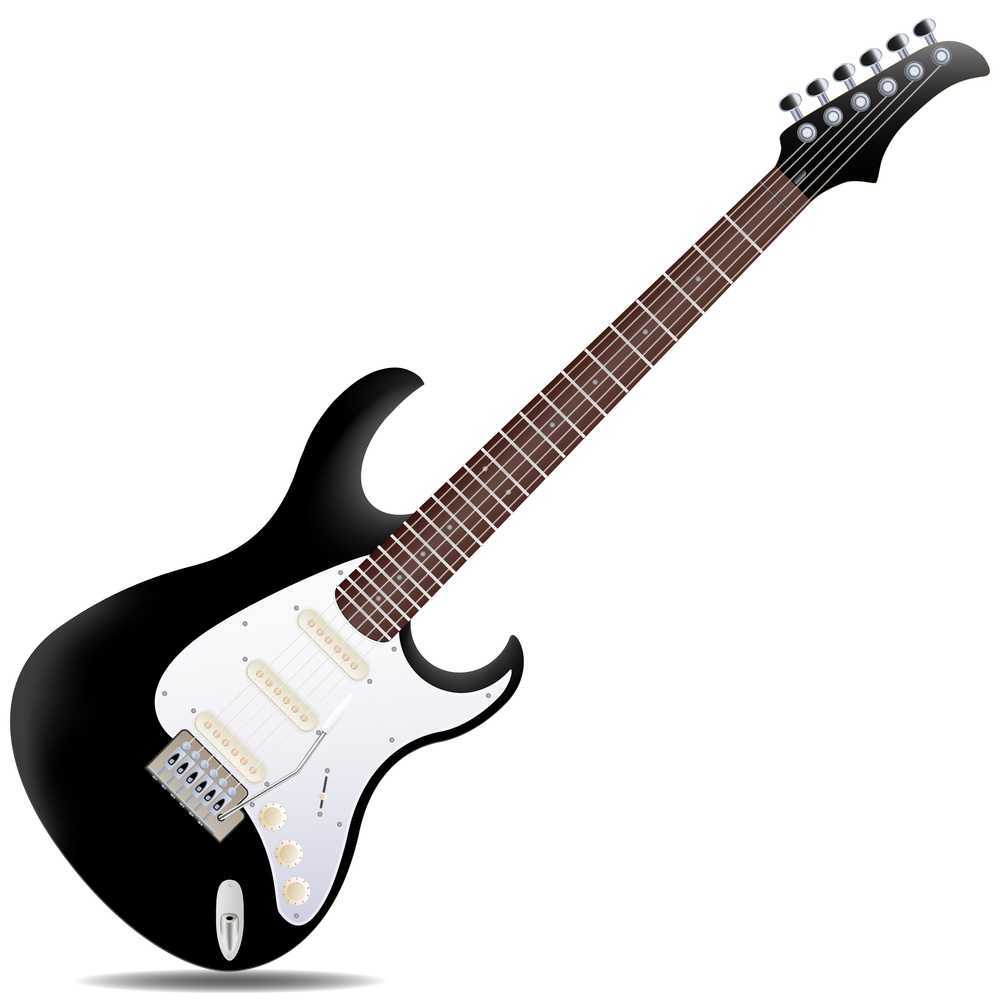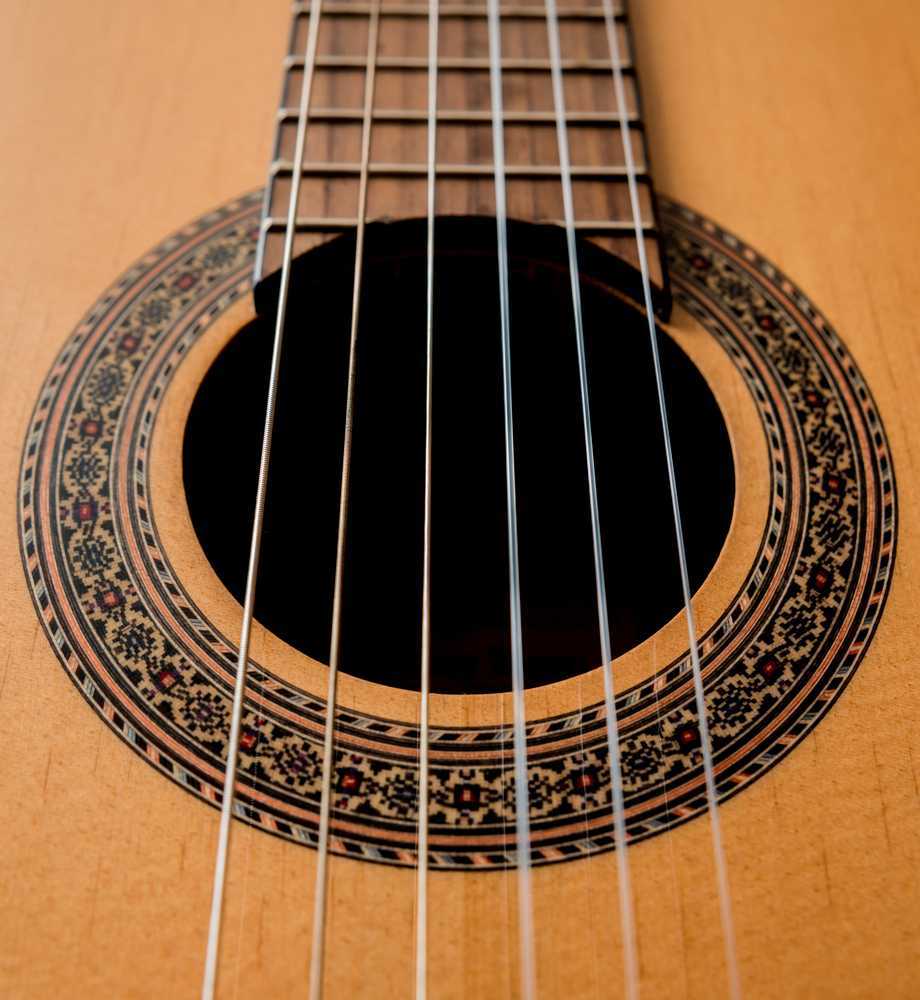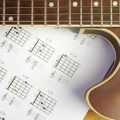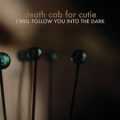Open-String Guitar Chords That Every Player Must Know
Introducing the CAGED Chords
The nature of learning guitar is slower than every aspiring guitarist would like. We all want to learn how to play this song or that song, or play this solo or that riff—it’s simply human nature. But, it takes time to get certain things under our fingers and digesting the hows and whys of it all also has its process. Let’s take, for example, the topic of open-string guitar chords. This concept could be overwhelming if we don’t break it down into a series of manageable, bite-size pieces. We’ll start with the CAGED chords.
How many chords are there?
This is a question that every student asks me at one point or another and the answer I give them is, “It depends on your imagination.” When I see the look of disappointment wash over their faces, I then follow with, “But, you only need to learn a few chords to begin playing most of your favorite songs!” And, now, that look of disappointment turns into wonder and curiosity. This article focuses on 5 major open-string guitar chords, often referred to as the CAGED chords, that are the building blocks of every guitarist’s chord vocabulary. These chords are also the starting point of a system that intermediate and advanced players use to learn the fret-board and “see” their way from one pattern to the next.
Can you spell “caged”? C-A-G-E-D
The CAGED chords system is a method that is used to teach the geometry behind the guitar’s layout. It helps unlock the difficulty that guitarists have when learning to connect one chord to another, one scale to another, etc. This system also spells out the 5 must-know, open-string guitar chords that we’re focusing on the moment.
When reading tabs, if there’s a letter that represents the chord symbol, like “C” for instance, and there is nothing written after it, it is then understood to be major. Every other variation uses some kind of symbol to represent it and, as your chord vocabulary grows, your ability to recognize and play these variations will grow too.
Let’s begin with the C major open-string guitar chord, represented by the C in the CAGED chords. We’ll build these chords from the bottom to top.
C
- 6th string: Do not play
- 5th string: 3rd finger plays the 3rd fret
- 4th string: 2nd finger plays the 2nd fret
- 3rd string: Play string open
- 2nd string: 1st finger plays 1st fret
- 1st string: Play string open
A
- 6th string: Do not play
- 5th string: Play string open
- 4th string: 1st finger plays 2nd fret
- 3rd string: 2nd finger plays 2nd fret
- 2nd string: 3rd finger plays 2nd fret
- 1st string: Play string open
A (alternate fingering 1)
This fingering may seem a little bit awkward, but once you give it a try, you may it more comfortable than the previous fingering and it makes switching between the A and D chords much easier.
- 6th string: Do not play
- 5th string: Play string open
- 4th string: 2nd finger plays 2nd fret
- 3rd string: 1st finger plays 2nd fret
- 2nd string: 3rd finger plays 2nd fret
- 1st string: Play string open
A (alternate fingering 2)
This finger pattern uses a bar (a “bar”, sometimes spelled barre, is when you hold down, or fret, more than one note using the same finger). In this case, use your 1st finger to fret the notes of the 4th, 3rd, and 2nd strings with your 1st or index finger. Notice that this fingering makes it very difficult to play the 1st string open. Most players simply avoid playing this string.
- 6th string: Do not play
- 5th string: Play string open
- 4th string: 1st finger plays 2nd fret
- 3rd string: 1st finger plays 2nd fret
- 2nd string: 1st finger plays 2nd fret
- 1st string: Do not play
G
- 6th string: 2nd finger plays the 3rd fret
- 5th string: 1st finger plays the 2nd fret
- 4th string: Play string open
- 3rd string: Play string open
- 2nd string: Play string open
- 1st string: 3rd finger plays the 3rd fret
G (alternate fingering)
This is a more advanced fingering that was made popular by blues, country, bluegrass, and folk players. It makes it much easier to switch between the G and C chords that work so well together.
- 6th string: 3rd finger plays the 3rd fret
- 5th string: 2nd finger plays the 2nd fret
- 4th string: Play string open
- 3rd string: Play string open
- 2nd string: Play string open
- 1st string: 4th finger plays the 3rd fret
E
- 6th string: Play string open
- 5th string: 2nd finger plays the 2nd fret
- 4th string: 3rd finger plays the 2nd fret
- 3rd string: 1st finger plays 1st fret
- 2nd string: Play string open
- 1st string: Play string open
D
- 6th string: Do not play
- 5th string: Do not play
- 4th string: Play string open
- 3rd string: 1st finger plays 2nd fret
- 2nd string: 3rd finger plays the 3rd fret
- 1st string: 2nd finger plays the 2nd fret
Now, that you’re armed with the CAGED chords… What’s next?
In the next article in this series we’ll be looking at the classic rock song “Hey Joe” to put the CAGED chords into practice. Before we dive into that, however, let’s spend a few minutes talking about chord charts.
Reading Chord Charts
If you take a closer look at the “Hey Joe” Chord Chart you’ll notice that there are some symbols that may be new to you.
- Notice the five-line musical staff. On the staff notes are drawn to notate the melody of a song. In the case of this chord chart, rhythm slashes are used instead. These indicate the strumming pattern that is used to play the chords. This is called slash notation. When there is no discernible strumming pattern then you create your own pattern that is appropriate for the song.
- At the beginning of the staff is a clef. The G or treble clef indicates that this music is written for and can be played on guitar.
- The fraction that follows is called the time signature and tells us how to count the song or musical piece. For example, in this instance, the 4/4 time signature tells us that there are 4 beats per measure (the top number) and the quarter note gets the beat (the bottom number). If the time signature were to be 6/8 then it would tell us that there are 6 beats per measure (the top number) and the eighth note (1/8) gets the beat (the bottom number).
- The staff is broken up into sections that are 4 beats each using horizontal lines called bar-lines. Each section of 4 beats is called a bar or measure.
- The chords are indicated by the chord symbol and, in this case, the chord diagrams that appear above the staff. You should already be familiar with these.
This is a very basic overview of the elements used to read and write music notation but should be enough to get you started when we put the CAGED chords into practice.

